Teano, Campania. View of the historic center.
2022
Town of pre-Roman origins, located on the slopes of the volcanic massif of Roccamonfina.
You may also like
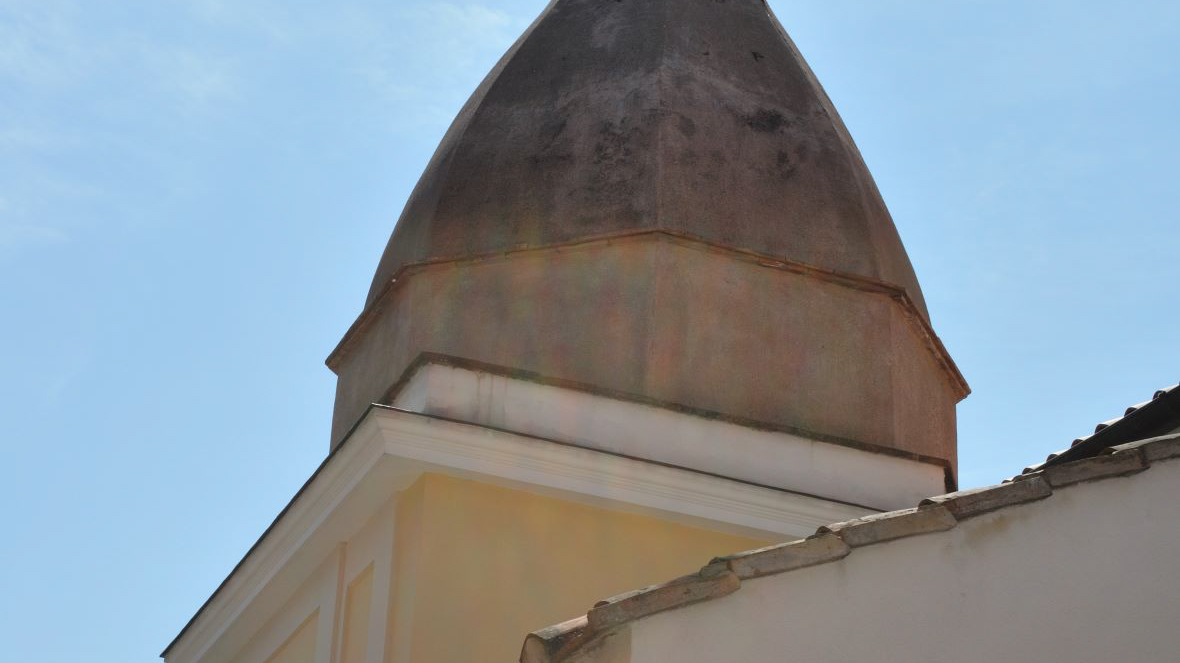
2021
Teano. Church of San Michele Arcangelo
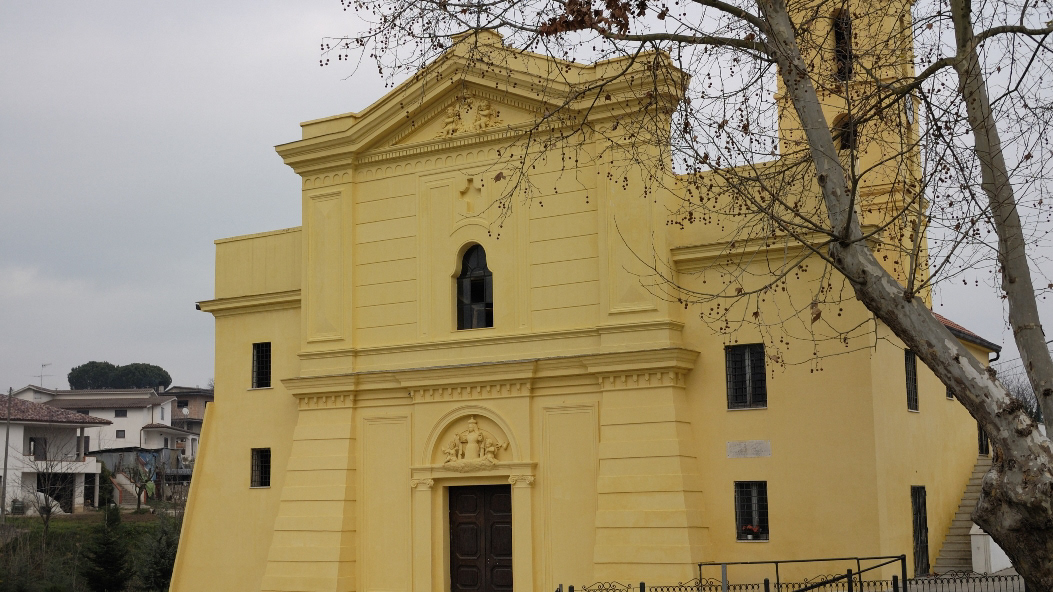
2021
Borgonuovo. Teano
Borgonuovo di Teano, Campania. Sanctuary of Maria Santissima della Libera
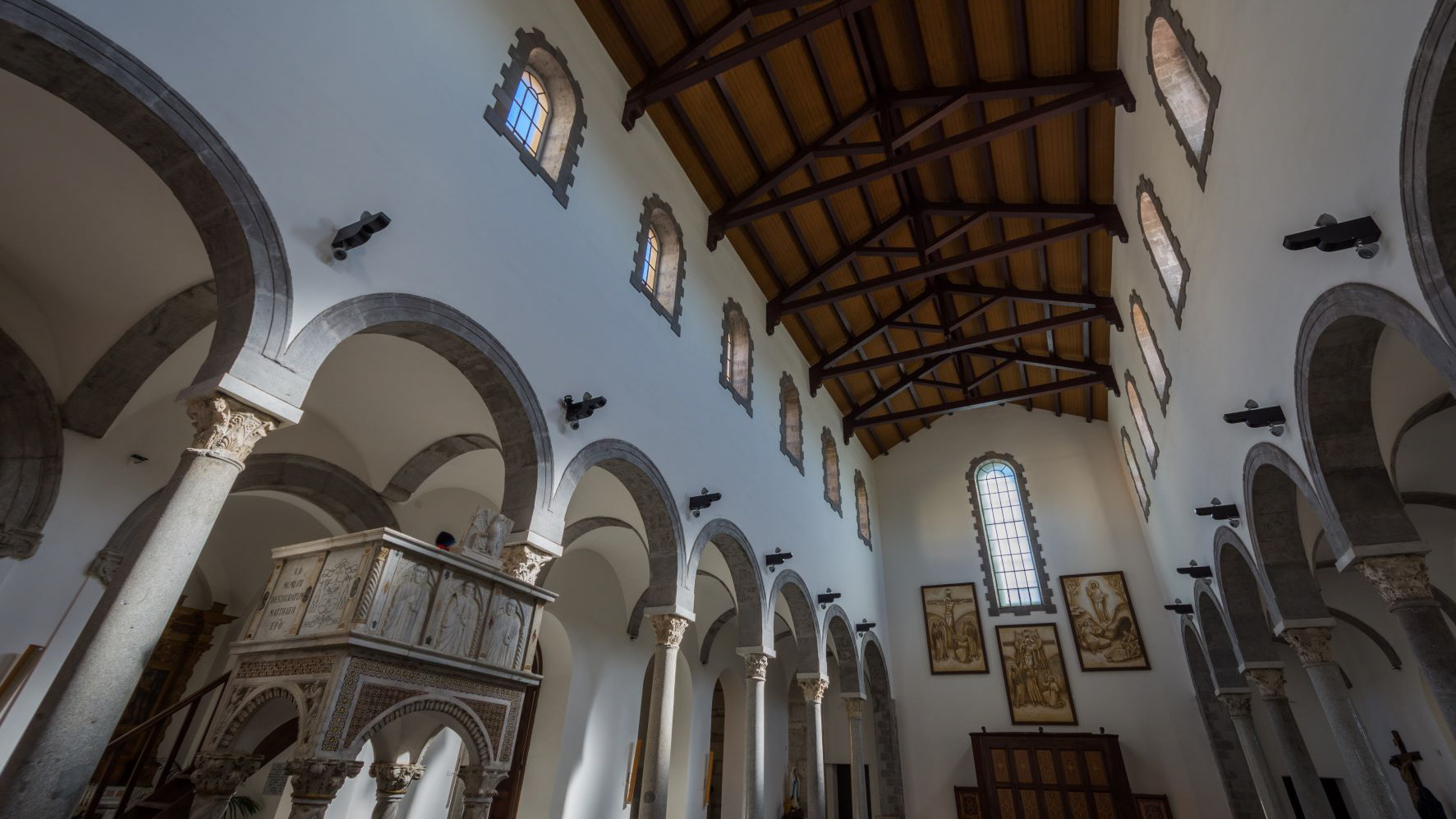
2021
Teano. The Dome. The central nave
The cathedral, originally dedicated to San Terenziano, was later named after San Clemente. Construction began in 1050 by Bishop Guglielmo, to replace the old cathedral of San Paride ad Fontem, located outside the city walls. The works were completed in 1116 by Bishop Pandulfo. The building has a basilica structure divided into three naves by two rows of columns. In 1608 it was damaged internally by a fire that almost completely destroyed the cosmates ambo, subsequently recomposed using the remains of the previous one integrated with the marble slabs of a fourteenth-century sepulchral monument already present in the church and positioned on twisted columns, two of which rested on fountain lions. During the 16th century the Romanesque apse was modified and on that occasion a precious carved wooden choir was built in the presbytery, built in 1539 by the Benedictine Antonio Maria Sertorio. The choir underwent two restorations, the first in the 17th century and the second in 1957, following the damage suffered during the Second World War.
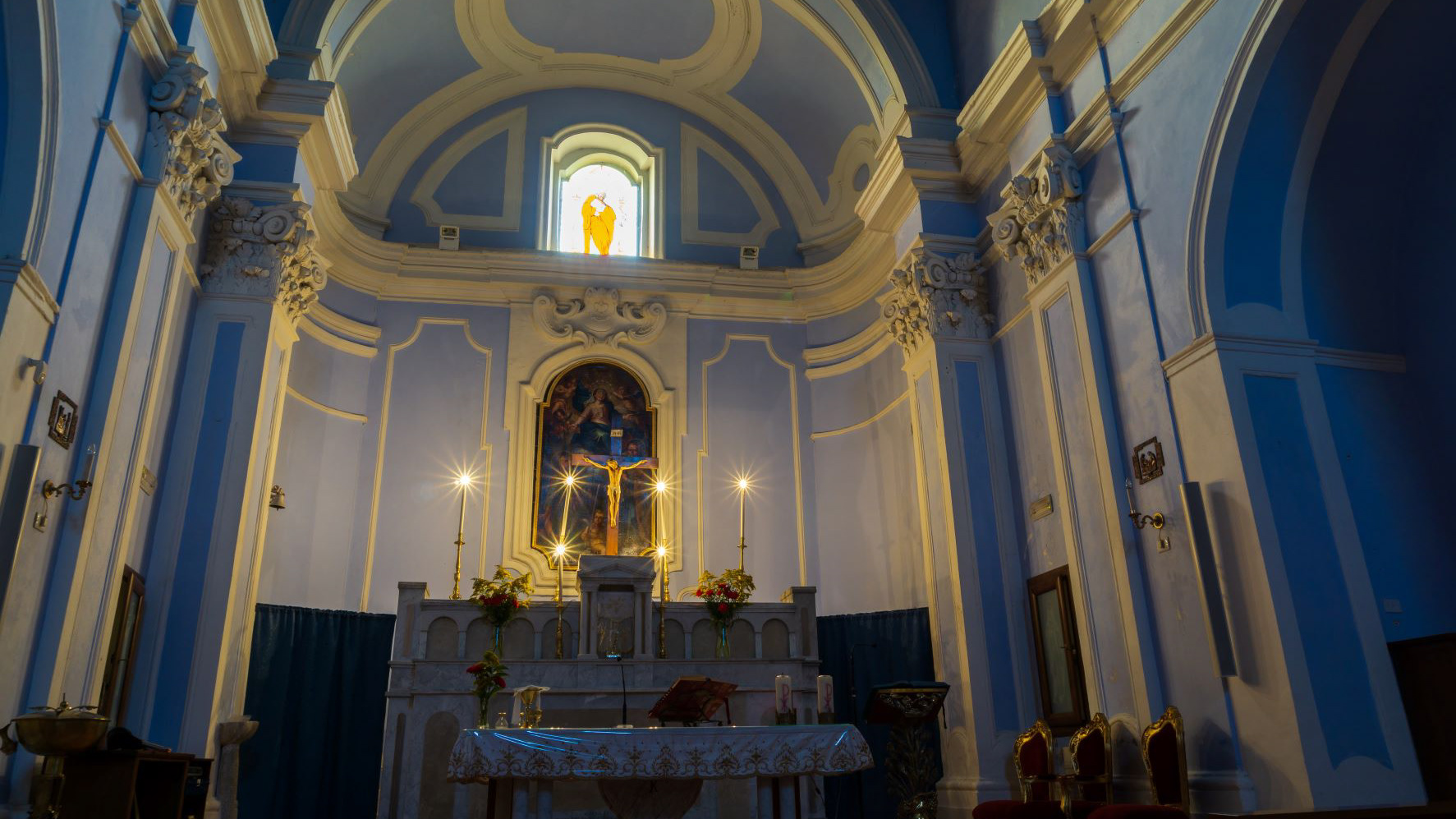
2021
Teano, Frazione Furnolo
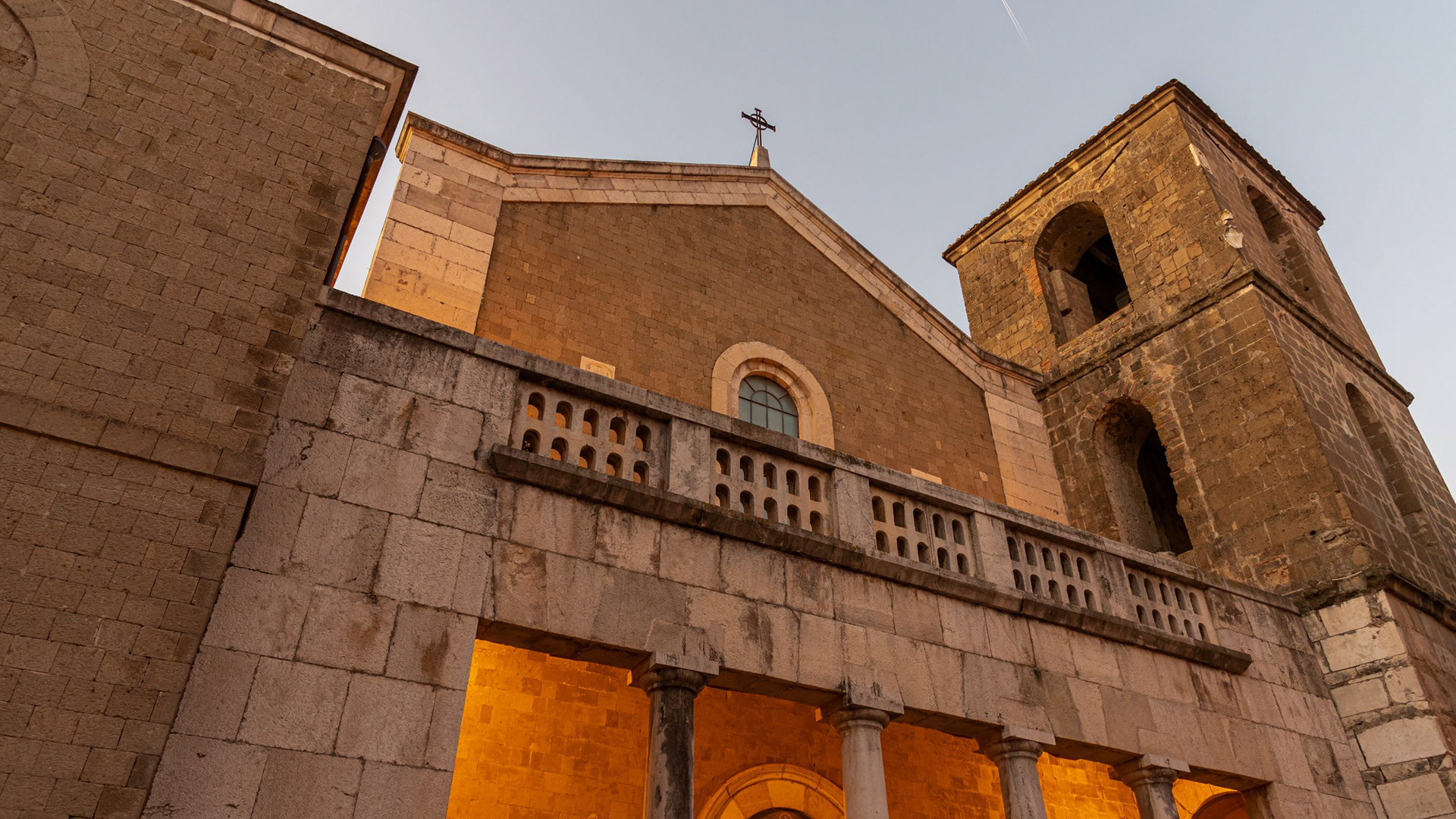
2020
Teano. The Cathedral. The main facade
The cathedral, originally dedicated to San Terenziano, was later named after San Clemente. Construction began in 1050 by Bishop Guglielmo, to replace the old cathedral of San Paride ad Fontem, located outside the city walls. The works were completed in 1116 by Bishop Pandulfo. The building has a basilica structure divided into three naves by two rows of columns. In 1608 it was damaged internally by a fire that almost completely destroyed the cosmates ambo, subsequently recomposed using the remains of the previous one integrated with the marble slabs of a fourteenth-century sepulchral monument already present in the church and positioned on twisted columns, two of which rested on fountain lions. During the 16th century the Romanesque apse was modified and on that occasion a precious carved wooden choir was built in the presbytery, built in 1539 by the Benedictine Antonio Maria Sertorio. The choir underwent two restorations, the first in the 17th century and the second in 1957, following the damage suffered during the Second World War.
2022
Teano. Church of San Francesco.
Teano. Church of San Francesco. Built in the fourteenth century, in Gothic style, by the Conventual Minors it was extensively remodeled in the Baroque age.

2021
Teano. Church of Santa Maria La Nova
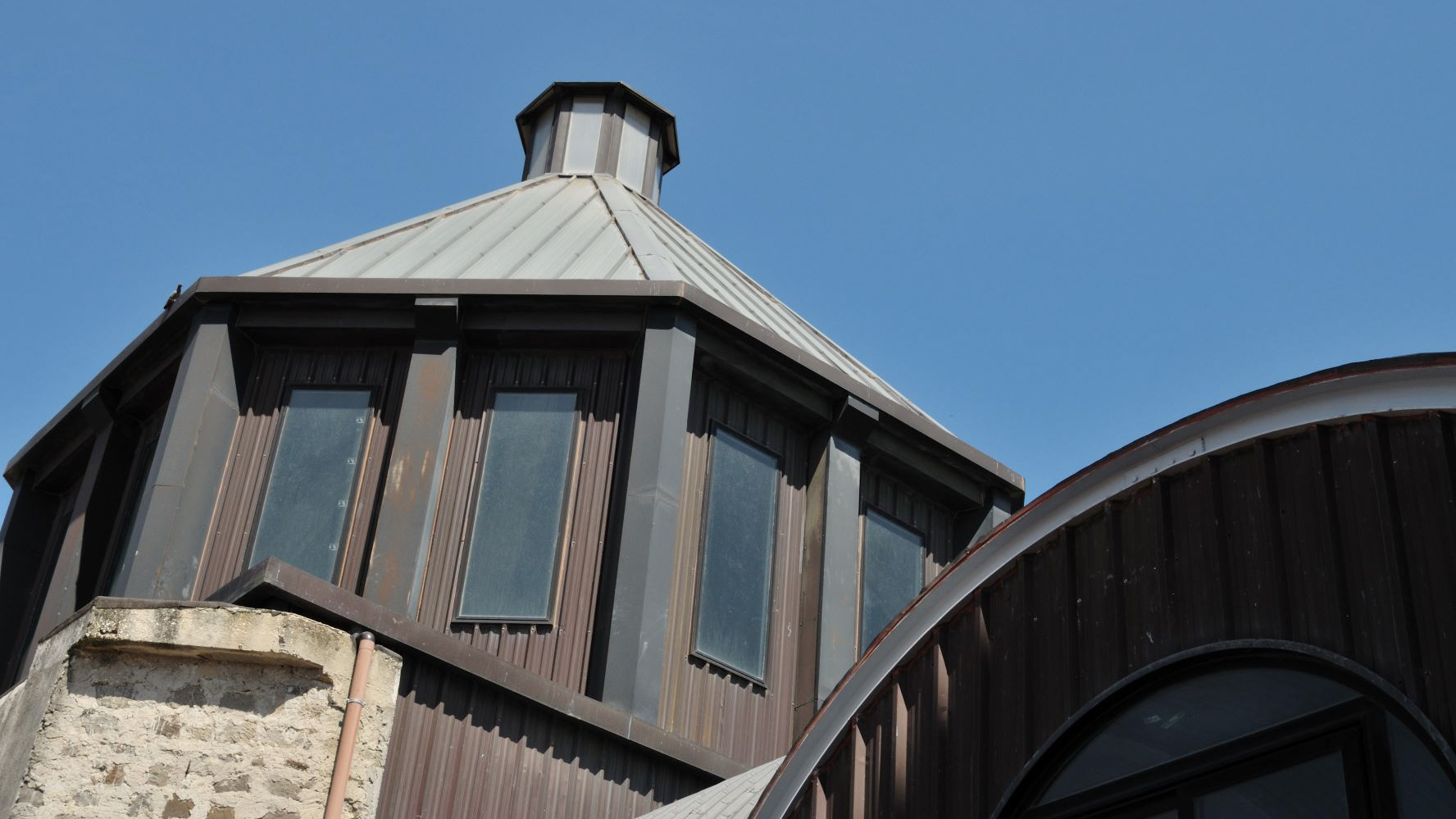
2021
Teano. Church of the Annunziata
2022
Caserta, the Royal Palace. The English Garden.
The Royal Palace of Caserta is a royal residence, historically belonging to the Bourbons of the Two Sicilies, located in Caserta. Commissioned by Charles of Bourbon, the laying of the first stone, which started the construction work, took place on January 20, 1752, based on a project by Luigi Vanvitelli: this was followed by his son Carlo and other architects. The palace was completed in 1845.
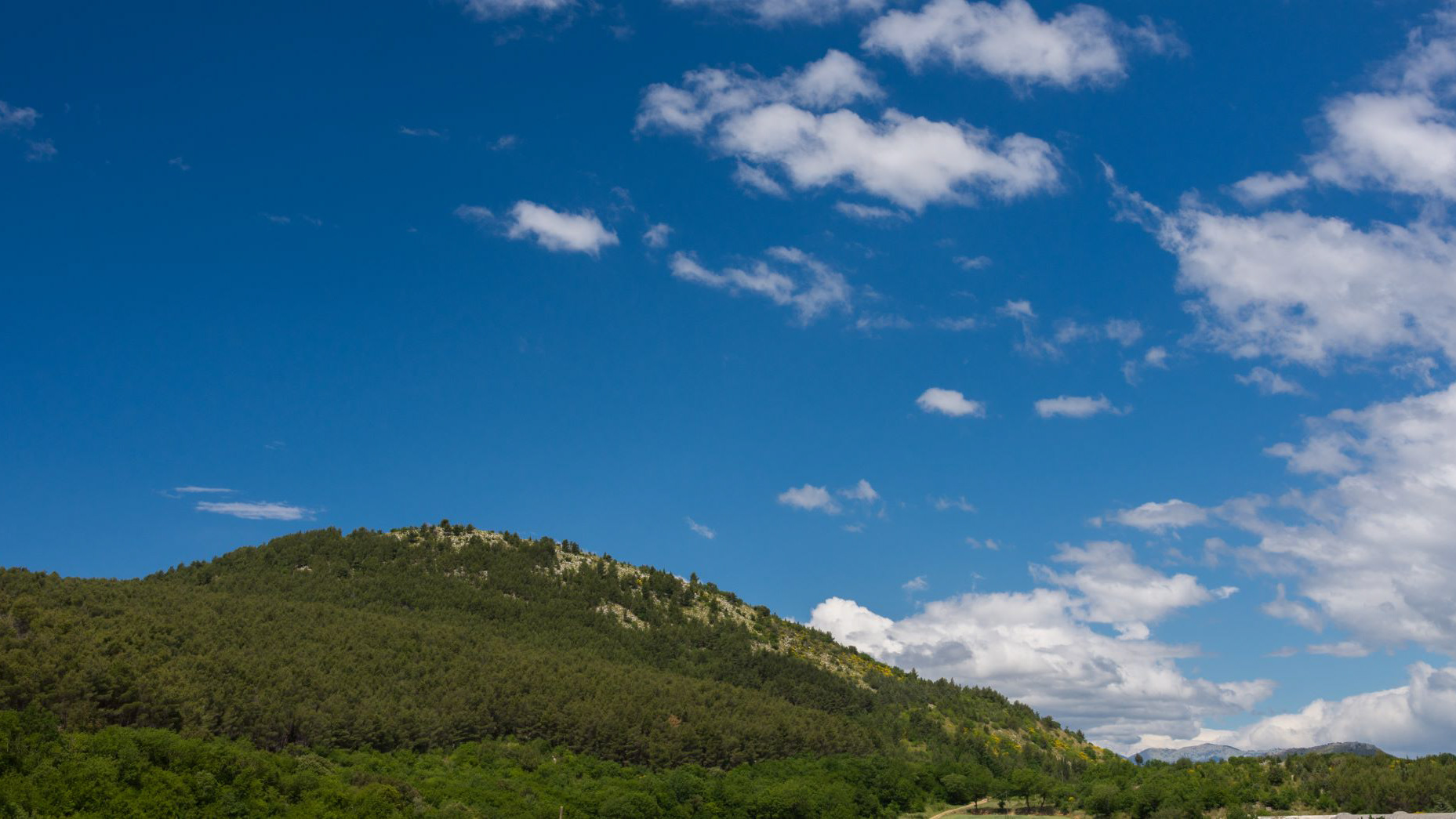
2021
Mignano Montelungo. Panorama
Mignano Montelungo, Italy, panorama. It is located in the high part of Caserta, wedged together with S. Pietro Infine between Lazio and Molise, in an area of great natural and historical interest
